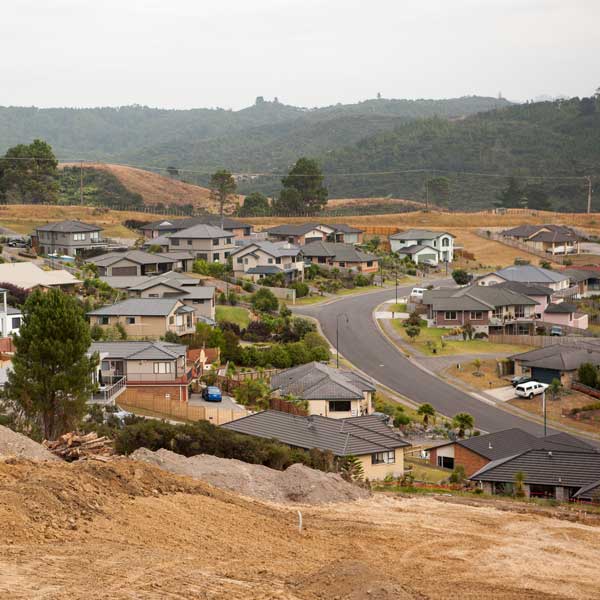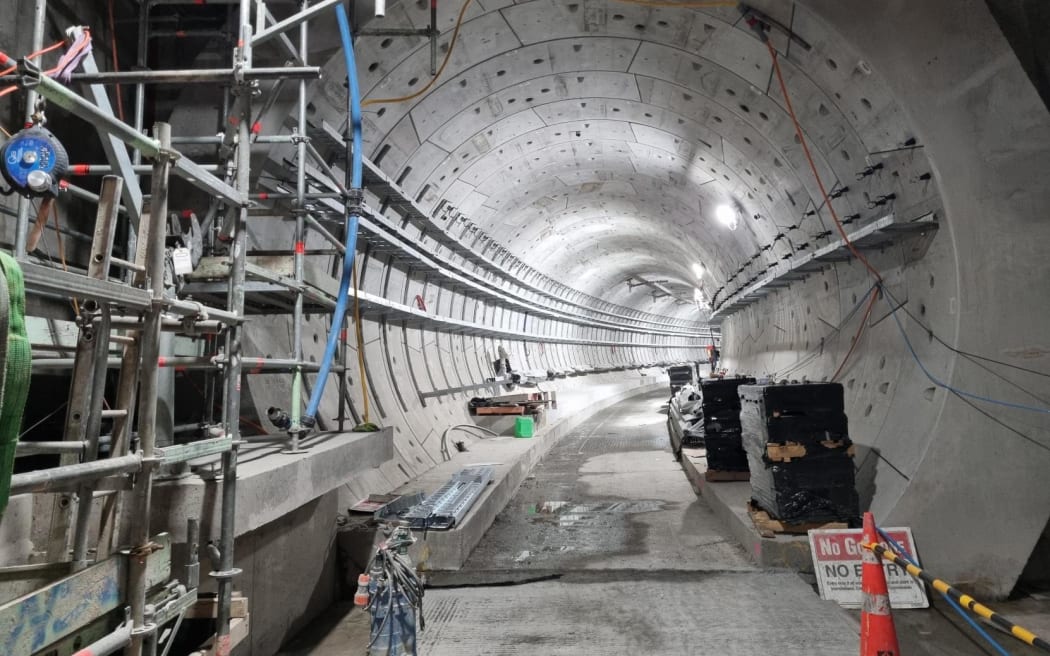No commuters means no council road upgrades. Harvested rainwater, on-site grey water and recycling black water means no council pipes or plants needed.

A subdivision for 1,000 or 10,000 people presumes 10 vehicle movements per day per household (VMD). Why? Because zoning separates home from work, school, shops, services and recreation. If you move destinations instead of people, you can cut VMD to under 1. This means no road upgrades. Then instead of 200 courier vans delivering packages, build a freight depot in which all packages and mail to the town come in three large tractor trailer trucks, with final delivery in the town using small, electric vehicles like the NZ Post Paxters
The other burden faced by councils in infrastructure is in pipes and three-water processing. In the MarketTown, these are not laid on the Council. Water only comes in to the town from the sky, and it is then used and processed locally so there are no inbound nor outbound pipes. No cost to council, lower costs to the people.
The biggest obstacle to advanced wastewater management will be the NZ “experts” wedded to the past. Globally, the technology is evolving rapidly, whereas NZ is stuck in the past. The flush toilet was invented for Queen Elizabeth I by Sir John Harrington, which released waste into cesspools. Secondary treatment of wastewater was invented by Edward Arden and William Locket in 1914 in Manchester England, the form still prevalent today.
Globally, there are many systems far more advanced, that do not require tearing up roads for expensive and time consuming pipes.
“We haven’t got the money, so we’ll have to think”
Sir Ernest Rutherford
5 April 2024, RNZ headline:
$1 trillion to bring NZ infrastructure up to standard – ASB

The caption on the photo says “Public transport is integral to a nation’s infrastructure“
Is it? Why?
Public transport or roads for private transport is necessary for a zoning-based country. But zoning is an post-war American invention to sell cars and provide a market for petroleum, rubber, chemicals and all the ancillary industries that won the war.
Look to timeless patterns of human-scaled development that existed for tens of thousands of years before the industrial revolution, and you will find local economies that did not require everyone being moved by machine every day. Sure, there will need to be an infrastructure to move food from country to town, goods from ports and some people will need to travel.
But not everyone.
A car-free urban core with no outbound commuters: This requires a critical mass of about 10,000 people to support a local economy who work locally. The gift of COVID was to show how many people can work remotely. If 20% of the working population work local to global (L2G), meaning via fibre, the money they import will circulate locally 5-20 times before it leaves the local economy. At 10,000 population, this will then support 80% local-to-local (L2L) jobs, all within walking distance.
No pipes: A town of 10,000 using advanced water saving systems requires about 250 mm annual rainfall. Auckland receives an average of over a metre. A local infrastructure harvests rainwater from every roof (as on Waiheke Island and other rural communities). Rainwater is harvested, centrally stored in a reservoir, purified and locally piped to 4,000 homes. In this design, the council does not need to fund new pipes, increased water plant capacity, and there is no delay waiting for the council.
Blackwater processing technology in New Zealand is far behind international state of the art. Blackwater is a surplus resources with significant caloric value. However, it must have point of capture in a separator toilet, to not mix urine with faeces, nor clean water as a carrying medium. There are many proven technologies internationally that digest and convert faeces from a toxic waste product into fertiliser, biofuel and other resources. Using these designs, there is no need for council wastewater pipes. No delays waiting for them.
Greywater management: Internationally, grey water is considered a valuable resource. Grey water includes street runoff from carfree (less contaminated) streets, as well as from showers, basins, sinks, dishwashers and washing machines. In greywater management each of this is addressed separately.
For a start, the town provides “free” laundry services for all residents using advanced commercial systems that substantially reduce both water and energy to clean clothing. Free means included in the town’s annual levy budget.
Showers use a Swedish design called Orbital Systems where, based on NASA technology, 4 litres of water charge a shower that continually purifies and maintains heat as it recirculates the same shower water for as long as the person showers. The system has sensors that ensure the water is cleaner than what comes out of the typical council water services tap.
Kitchen sinks have their own pipe and a food grinder where grey water below the sink carries the organic scraps to a centralised extraction system that “brews” the organic slurry into alcohol and fertiliser.